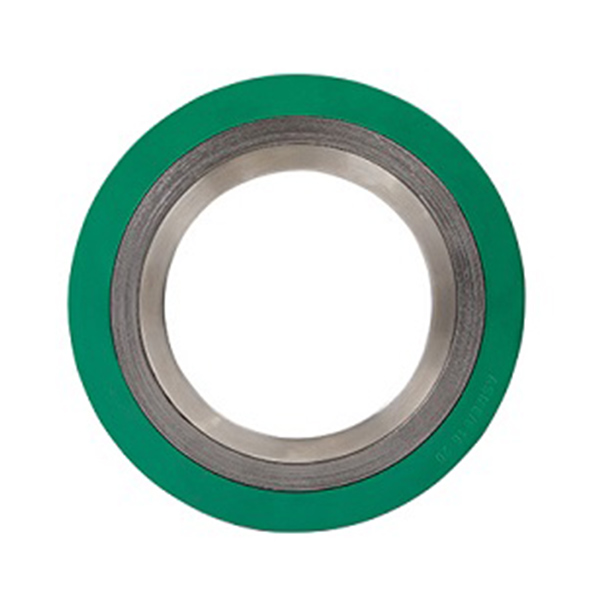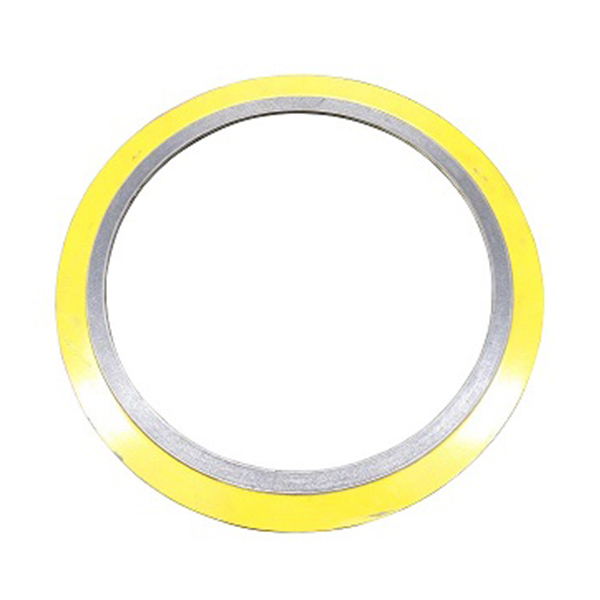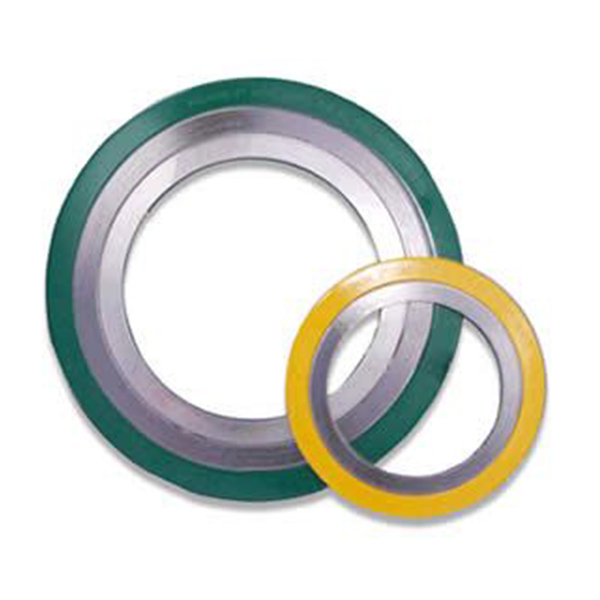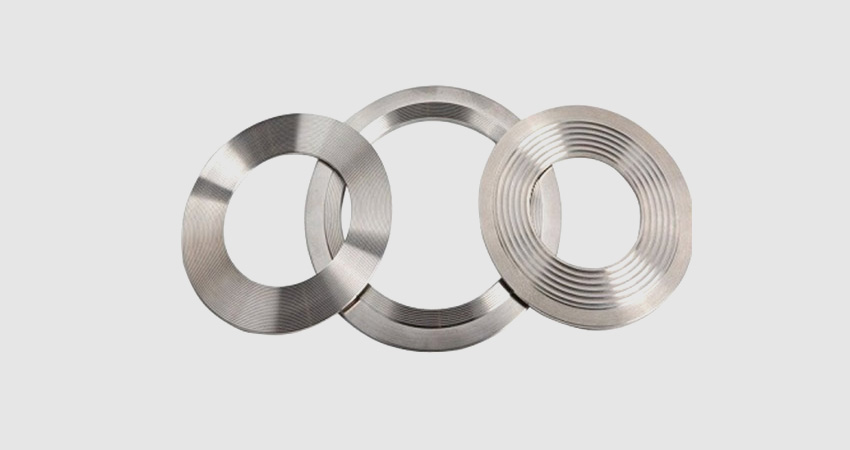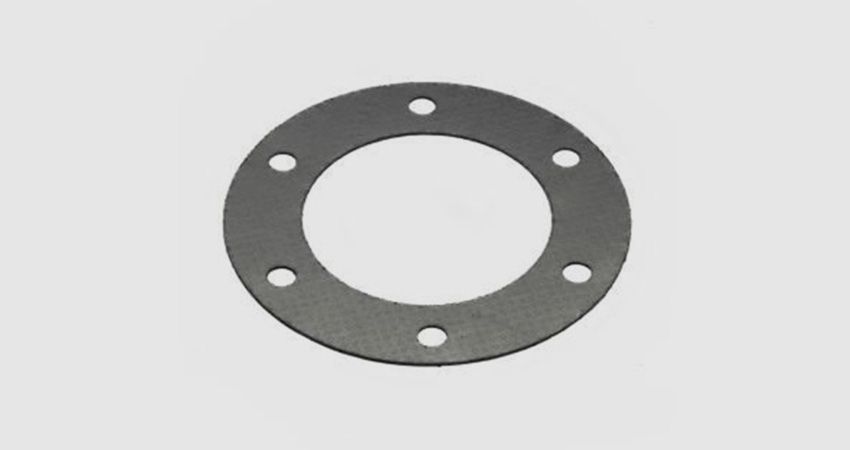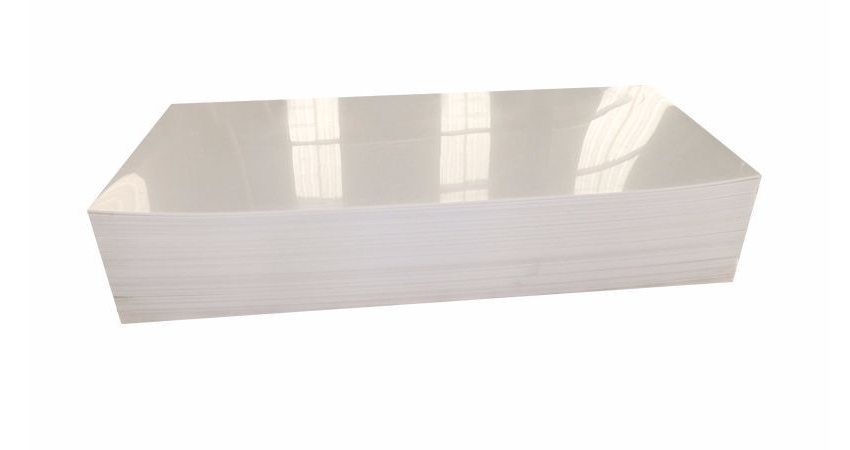PTFE Sheet Manufacturer & Supplier in China
What is a PTFE Sheet?
A PTFE sheet, also known as Teflon sheet (a common brand name), is a versatile industrial material made from polytetrafluoroethylene. It is renowned for its exceptional chemical resistance, high-temperature stability, low friction coefficient, and excellent electrical insulation properties. These sheets are widely used across various industries, including aerospace, automotive, chemical processing, food and beverage, and electronics, for applications such as gasketing, lining, insulation, and bearing surfaces.
Key Properties of PTFE Sheets
- Chemical Resistance: Resistant to almost all chemicals, including acids, bases, and solvents.
- Temperature Range: Can operate continuously from -200°C to +260°C (-328°F to +500°F).
- Low Friction: One of the lowest coefficients of friction of any solid material.
- Non-Stick: Excellent release properties, making it ideal for applications where adhesion is undesirable.
- Electrical Insulation: High dielectric strength and low dielectric constant.
- UV Resistance: Performs well under ultraviolet light exposure.
- FDA Compliance: Grades available that meet FDA standards for food contact applications.
PTFE Sheet Specifications and Parameters
Our PTFE sheets are available in various grades and dimensions to meet diverse industrial needs. Below is a detailed table of standard specifications:
| Parameter | Standard Grade | Reinforced Grade (with glass fiber) | FDA Compliant Grade |
|---|---|---|---|
| Thickness (mm) | 0.5 - 50 | 1 - 50 | 0.5 - 50 |
| Width (mm) | 100 - 2000 | 100 - 1500 | 100 - 2000 |
| Length (mm) | 100 - 3000 | 100 - 3000 | 100 - 3000 |
| Density (g/cm³) | 2.1 - 2.3 | 2.2 - 2.4 | 2.1 - 2.3 |
| Tensile Strength (MPa) | 15 - 30 | 20 - 40 | 15 - 30 |
| Elongation at Break (%) | 200 - 400 | 100 - 300 | 200 - 400 |
| Coefficient of Friction | 0.04 - 0.1 | 0.05 - 0.12 | 0.04 - 0.1 |
| Dielectric Strength (kV/mm) | 20 - 60 | 15 - 50 | 20 - 60 |
Applications of PTFE Sheets
- Gaskets and Seals: Used in chemical plants for flanges and pumps due to chemical inertness.
- Lining: Lines chutes, hoppers, and trays in food processing to prevent sticking.
- Electrical Insulation: Employed in transformers, capacitors, and wiring systems.
- Bearings and Slides: Low friction makes it suitable for moving parts in machinery.
- Lab Equipment: Used in surfaces and components resistant to corrosive substances.
- Food Industry: FDA grades are used for conveyor belts and cutting surfaces.
FAQ About PTFE Sheets
What is the maximum temperature a PTFE sheet can withstand?
PTFE sheets can handle continuous temperatures up to 260°C (500°F) and short-term exposures up to 300°C (572°F) without degrading.
Are PTFE sheets safe for food contact?
Yes, FDA compliant grades of PTFE are safe for food contact applications, as they meet regulatory standards for non-toxicity and purity.
How do I cut a PTFE sheet to size?
PTFE sheets can be easily cut using standard tools such as knives, saws, or CNC machines. For precise cuts, laser cutting or water jet cutting is recommended to avoid deformation.
Can PTFE sheets be used outdoors?
Yes, PTFE has excellent UV resistance and weather ability, making it suitable for outdoor applications without significant degradation over time.
What is the difference between virgin PTFE and filled PTFE sheets?
Virgin PTFE is pure and offers the best chemical resistance and electrical properties. Filled PTFE (e.g., with glass fiber, carbon, or bronze) enhances mechanical properties like wear resistance and compression strength but may slightly reduce chemical resistance.
How do I clean a PTFE sheet?
Clean with mild soap and water, or use solvents like isopropyl alcohol for tougher stains. Avoid abrasive cleaners that could scratch the surface.
Is PTFE sheet the same as Teflon sheet?
Yes, Teflon is a brand name for PTFE, so they refer to the same material. However, not all PTFE sheets are Teflon-branded; ours meet or exceed Teflon performance standards.
Can PTFE sheets be welded or bonded?
PTFE is difficult to bond due to its non-stick properties. Specialized adhesives or thermal welding techniques are required for effective bonding.
What are the storage conditions for PTFE sheets?
Store in a cool, dry place away from direct sunlight and extreme temperatures. Keep flat to prevent curling or deformation.
Are there any limitations to using PTFE sheets?
PTFE has low mechanical strength compared to metals, so it may not be suitable for high-load applications without reinforcement. It also has a high thermal expansion rate, which should be considered in precision applications.
- View as

Modified PTFE Gasket Sheet with Aluminosilicate Glass Microspheres

PTFE Gasket Sheet with Silica filler

Soft Fibration PTFE Sealing Sheet

PTFE Modified Material

Pure PTFE Sheet



